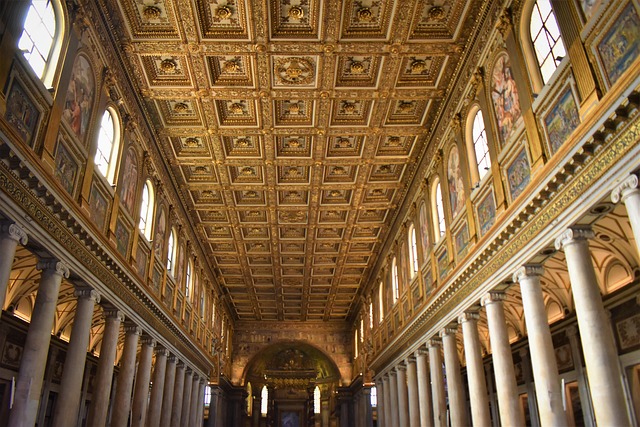The world of sculpture is a captivating realm where artistry and craftsmanship intertwine, giving life to forms that speak to our emotions and heritage. One technique that elevates the aesthetic appeal of sculpture is gilding, a practice that has enriched the art landscape for centuries. This luxurious method of applying gold leaf or gold paint to surfaces has not only added beauty but has also carried deep cultural significance across various civilizations.
Fine Arts is a broad category that encompasses all forms of creative expression, and gilding fits perfectly within this frame. The shimmering allure of gold can transform a simple sculpture into a breathtaking centerpiece, capable of capturing the light and attention of any viewer. Artists who embrace gilding understand its power; it isn’t merely about the material, but also about the statement it makes. In many cultures, gold symbolizes wealth, divinity, and the eternal, which is why the technique often finds its way into religious and commemorative works.
Throughout history, culture has played a pivotal role in the use of gilding. In ancient Egypt, gilded statues of deities were created to honor the gods and immortalize the pharaohs, ensuring their journey into the afterlife was accompanied by opulence. Similarly, during the Renaissance, European sculptors like Donatello and Bernini used gilding to highlight the intricacies of their works, merging faith with the opulent imagery that characterized the era. These gilded masterpieces were not just art; they were cultural artifacts that conveyed societal beliefs and values through their shimmering surfaces.
In today’s modern context, sculptors continue to explore gilding, blending traditional techniques with contemporary themes to resonate with a new audience. Artists are experimenting with the materiality of gold, juxtaposing it against industrial materials or organic forms, creating sculptures that challenge our perceptions of value and beauty. The art community is witnessing a revival of interest in this luxurious technique, a testament to its timeless appeal and cultural resonance.
Moreover, gilding invites a profound interaction between the viewer and the artwork. The reflective qualities of gold engage the senses, inviting observers to move around the sculpture, experience its changing hues, and contemplate its narrative. This engagement fosters a connection that transcends time and space, revealing the universality of human expression through art.
In the vast tapestry of sculpture, gilding holds a unique place, harmonizing fine arts with culture and inviting us to explore our own values and aesthetics. Whether through the splendor of an ancient artifact or a contemporary piece, gilding endures as a brilliant reminder of the beauty that arises when art and culture intersect.



